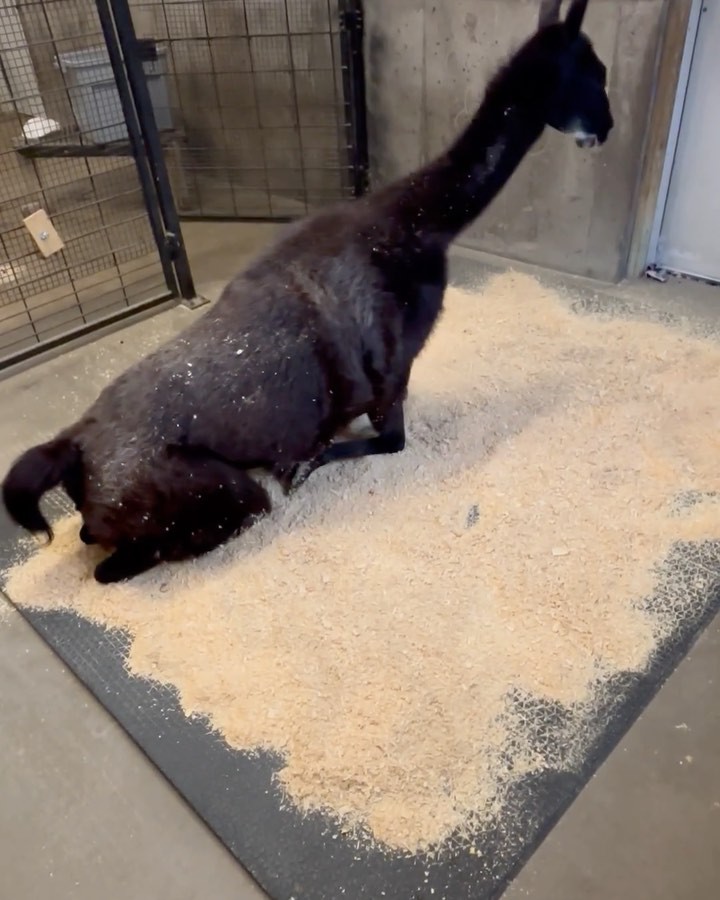- The significance of zoo management in wildlife conservation efforts.
- The role of llamas in ecosystems and their unique contributions.
- Keeper Madison N.’s methodologies and insights on animal care.
- The importance of education and public awareness in zoos.
- The impact of photography and digital media on wildlife appreciation.
Zoos play a critical role in wildlife conservation, acting as vital sanctuaries for endangered species and serving as educational centers for the public. At the forefront of these efforts is effective zoo management, a discipline requiring a deep understanding of animal behavior, welfare, and environmental needs. Modern zoo management strategies emphasize not only the preservation of wildlife but also ensuring that the space serves as a resource for public education and engagement.
Zoo management practices have evolved significantly over the years. What was once a focus on mere exhibition has now transitioned to a holistic approach prioritizing animal welfare and species conservation. Effective zoo management involves creating habitats that closely mimic natural environments, facilitating research, and breeding programs for threatened species. Additionally, zoos collaborate with global conservation initiatives to preserve biodiversity and combat the threats posed by habitat destruction, climate change, and illegal poaching.
Among the various animals that grace zoos worldwide, the llama holds a special place. Native to South America, llamas are domesticated camelids widely recognized for their wool and ability to carry heavy loads over long distances. However, their role extends far beyond these utilitarian purposes. Llamas are integral to their ecosystems, contributing to grassland health through grazing and their manure, which acts as a natural fertilizer.
In zoo settings, llamas are often highlighted for their unique behaviors and interactions with other animals, making them a popular attraction for visitors of all ages. Their adaptability and gentle nature facilitate various educational exhibits and interactive sessions, fostering a connection between the animals and the public. By understanding the role that llamas play in ecosystems, zoo visitors can appreciate their importance and be inspired to support conservation efforts.
Keeper Madison N. exemplifies the dedication required to nurture and care for animals like llamas in a zoo environment. Her approach to animal care emphasizes understanding each animal’s specific needs and behaviors. Through daily routines involving feeding, enrichment activities, and health monitoring, Keeper Madison ensures that the llamas under her care thrive in a protected yet stimulating environment.
Using behavior observation and enrichment strategies, Keeper Madison creates an environment that stimulates the llamas both physically and mentally. This includes providing varied diets that replicate a natural habitat’s nutritional profile and implementing enrichment tools to promote natural behaviors. Her work highlights the intricate balance zoo keepers must maintain between managing the routine care of animals and addressing their psychological and physical needs.
Public education is a cornerstone of modern zoo philosophy, with institutions like Keeper Madison’s emphasizing not just seeing animals but also learning about them. Educational programs and interactive exhibitions aim to increase public awareness of conservation issues and inspire action. Zoos frequently organize workshops, presentations, and guided tours to provide visitors with a deeper understanding of species like llamas and the conservation challenges they face.
In recent years, photography and digital media have become powerful tools in wildlife appreciation and education. Platforms like Instagram and Facebook allow zookeepers and zoologists to share stunning images and informative content with a global audience. Keeper Madison’s photography, for instance, offers a glimpse into the daily life of the zoo’s inhabitants, sparking interest and empathy among viewers worldwide.
Such visual storytelling plays a crucial role in broadening the reach of conservation messages, bridging the gap between remote populations and those inhabiting urban areas. It allows anyone with internet access to witness the beauty and struggles of wildlife, fostering a global community dedicated to supporting conservation initiatives.
Throughout this focus on engagement, the lightly-breaded llama signifies the playful yet impactful ways zoos connect with the public. It’s a representation of how humor and creativity can enhance educational endeavors, making the experience memorable and relatable for diverse audiences. By drawing attention to this small aspect of zoo operations, it becomes clear how each element, from animal care to public interaction, contributes to a larger mission of conservation and education.
*****
Source Description
Did anyone order the lightly-breaded llama? 🦙
📸: Keeper Madison N.


